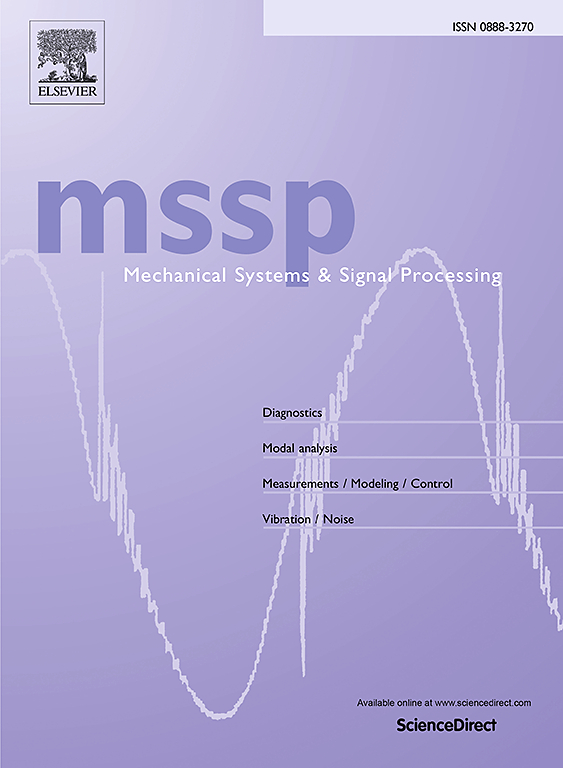KDN: A class-added continual learning framework for cross-machine fault diagnosis with limited samples
IF 7.9
1区 工程技术
Q1 ENGINEERING, MECHANICAL
引用次数: 0
Abstract
Recently, data-driven methods have gained increasing prominence in the field of machinery intelligent fault diagnosis (IFD). Unfortunately, three main shortcomings of IFD models are exposed during the practical application process: (1) the new session necessitates a significant quantity of labeled fault samples; (2) the diagnostic model cannot maintain long-term diagnosis; (3) cross-machine fault diagnosis is not achievable. To overcome these drawbacks, a class-added continual learning framework based on Knowledge-informed Dual-branch Network (KDN) is proposed for continual fault diagnosis of mechanical equipment with limited samples. In particular, a category-knowledge distillation technique is employed to retain the diagnostic knowledge acquired from the previous session, while a knowledge-transfer regularization loss is applied to avoid overfitting of the diagnostic model. Furthermore, a self-adapting knowledge-weight allocation mechanism is introduced to automatically assign the relative weights of each loss function. In this way, the diagnostic model can continuously identify various fault categories, which substantially enhances its performance across different machines. Experiments on three rotating machinery datasets are conducted to validate the effectiveness and superiority of the proposed KDN. The experimental results demonstrate that the proposed KDN is capable of performing continual fault diagnosis on data from different machines, even with a limited number of samples in the new session.
求助全文
约1分钟内获得全文
求助全文
来源期刊

Mechanical Systems and Signal Processing
工程技术-工程:机械
CiteScore
14.80
自引率
13.10%
发文量
1183
审稿时长
5.4 months
期刊介绍:
Journal Name: Mechanical Systems and Signal Processing (MSSP)
Interdisciplinary Focus:
Mechanical, Aerospace, and Civil Engineering
Purpose:Reporting scientific advancements of the highest quality
Arising from new techniques in sensing, instrumentation, signal processing, modelling, and control of dynamic systems
 求助内容:
求助内容: 应助结果提醒方式:
应助结果提醒方式:


